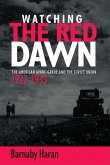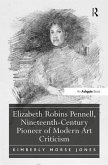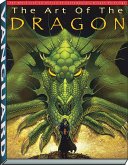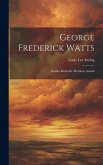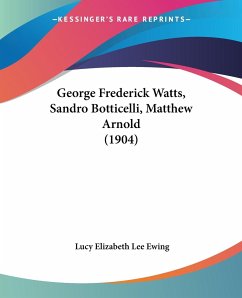This book tells the story of Art1, a computer program developed in 1968 at the University of New Mexico by electrical engineer Richard Williams with the encouragement of art department chair and renowned kinetic artist Charles Mattox, who wanted to make UNM a center of high-tech creativity. In a wider sense, Art1 was an attempt to bridge the cultural divide between art and science. Artists on the one hand were working in avant-garde modes beyond the comprehension of most people, just as scientists were using ever more arcane theories to describe the universe; the notion of a shared common culture that could draw the two together seemed remote in the modern age. UNM art faculty member Frederick Hammersley took a strong interest in Art1 and in two years made more than 150 works using it. The book features 50 illustrations by Hammersley, Charles Mattox, Katherine Nash, and James Hill and interviews with Williams and Hill. The story of Art1 and its role in early digital creativity documents for the first time its far-reaching impact.
Hinweis: Dieser Artikel kann nur an eine deutsche Lieferadresse ausgeliefert werden.
Hinweis: Dieser Artikel kann nur an eine deutsche Lieferadresse ausgeliefert werden.


